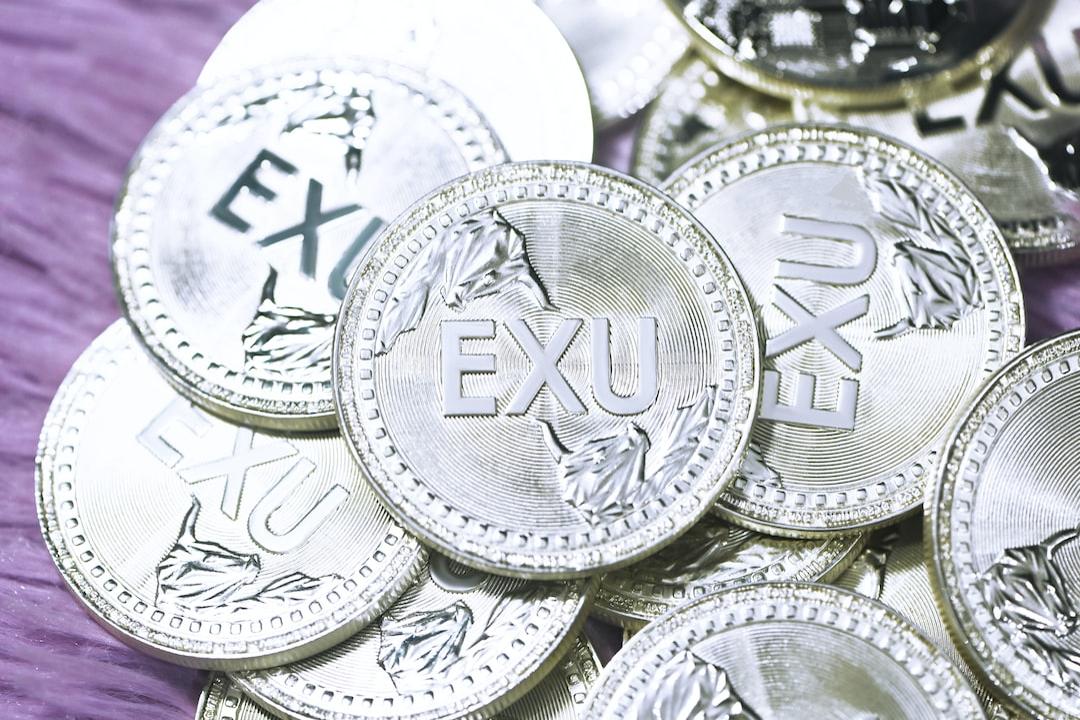Currently, the root of negativity surrounding cryptocurrencies lies in tariffs.
While conditions seemed favorable for cryptocurrencies, Trump announced rates that exceeded expectations, adopting a stern tone. Consequently, the markets faced considerable pressure. However, there are significant developments that are essential for cryptocurrencies.
Latest on US Tariffs
According to a WSJ report, the Trump administration has outlined a roadmap to facilitate tariff negotiations. Insider sources indicate that gradual trade talks are targeted. Topics such as tariffs, quotas, regulations on US goods, non-tariff risks to trade, digital commerce, economic security, rules of origin for products, and other related issues will be comprehensively addressed. Officials aim to proceed with topic-based progress by communicating requests to each country on these subjects. Trump has previously mentioned various imbalances, including currency fluctuations and fraud against the US, aside from tax rates.
For two months, the US will negotiate under a new framework with 18 major trading partners. These negotiations will last one week with six countries, followed by three weeks with the remaining 18. This cycle will continue until the deadline of July 8, and if Trump does not decide on a new extension when the 90-day postponement expires, the rates for unagreed countries will remain unchanged.
China will continue negotiations through a completely separate channel. Negotiations with Mexico and Canada will also progress independently.
Future Outlook on Tariff Resolutions
So when will this situation be resolved? Trump stated that the markets are now digesting the tariffs. Meanwhile, EU officials reported they have not yet received specific requests from the US, an assertion the US has denied, stating that these have been communicated multiple times. In summary, the ongoing uncertainty is not expected to be resolved in the short term. Since the US has imposed tariffs globally at once, even assessing the county-specific situations may take months. This implies a focus on the 18 major trading partners while establishing a broader framework for others. Although theoretically possible, a country-specific negotiation scenario (announced on April 2) poses practical challenges for the US.

Good news for cryptocurrencies is that the US must be highly willing to negotiate with all countries, including China. It is expected that at some point, more general and clear demands will emerge, allowing countries to respond with a yes or no to complete the process.


